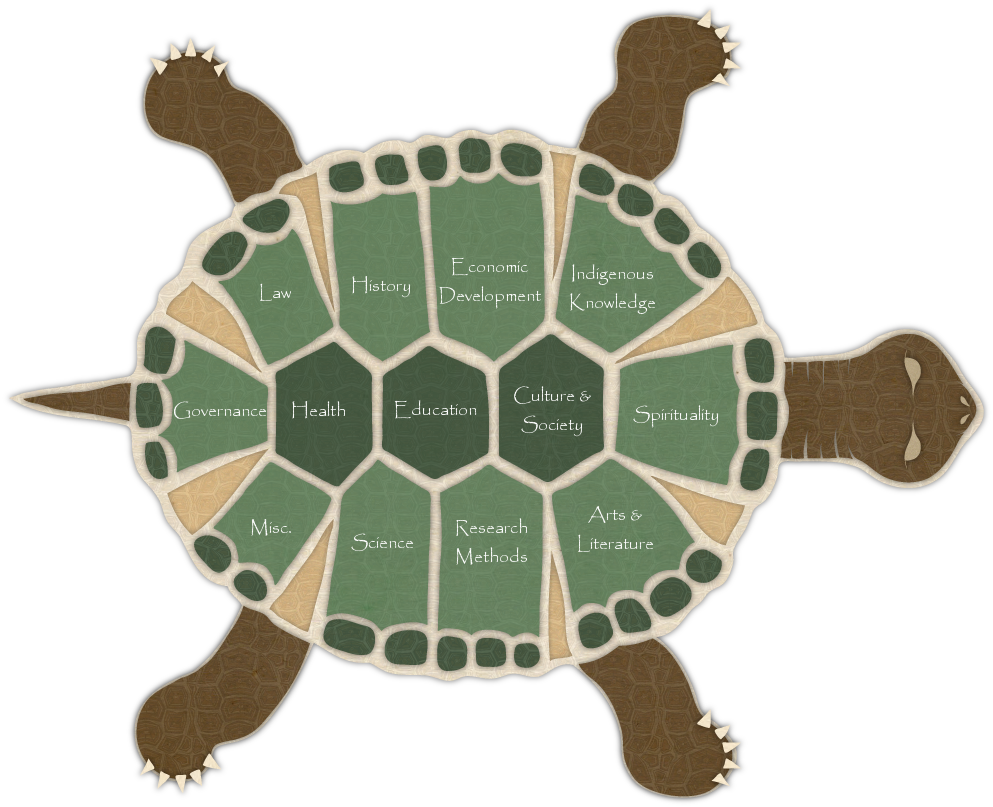9.3 Indigenization

One of the current strategies in education is an attempt to bridge the gap between Indigenous pedagogy and western pedagogy. Indigenization, according to Trent University, is a braiding of pedagogies and theories of knowledge between western and Indigenous learning tools that complement each other[8]. However, Trent suggests that the processes that perpetuate a legacy of western ideology should be undone[8] which may contradict that stance of blending the two. It may be beneficial to look beyond this rhetoric of negativity around western culture, and learn more about how Indigenous learning can complement western pedagogy that would create positive learning outcomes. Implications for the future would be to learn from one another, and maximize the most effective strategies for each situation, noting that all of these techniques have value and are beneficial to learners. One of the ways to bridge this gap is through codifying the characteristics of Indigenous pedagogy. This process is done by comparing the elements of Indigenous and western pedagogy. Examples are listed below[2]:
| Indigenous Pedagogy | Western Pedagogy |
|---|---|
|
|
It may be prudent to view Indigenous and western pedagogies by using an interdisciplinary approach.
Transformational Learning Through Indigenization
Transformational learning, when the teacher is the designer, and the student, the co-designer, can be used to mesh western and Indigenous models of education.
Barker advises mutual goals between institutions and communities to help create transformative learning by bridging the gap between traditional and Indigenous concepts. He further offers an outline of a prototype of transformative learning in four steps[9]:
- Inclusive: a variety of perspectives
- Reflective: review and reciprocity
- Connected: sharing of narratives
- Powerful: meeting deep learning goals
This prototype can be beneficial for Indigenization, so long as it is rooted in liberalized concepts of building on the knowledge discrepancies.

